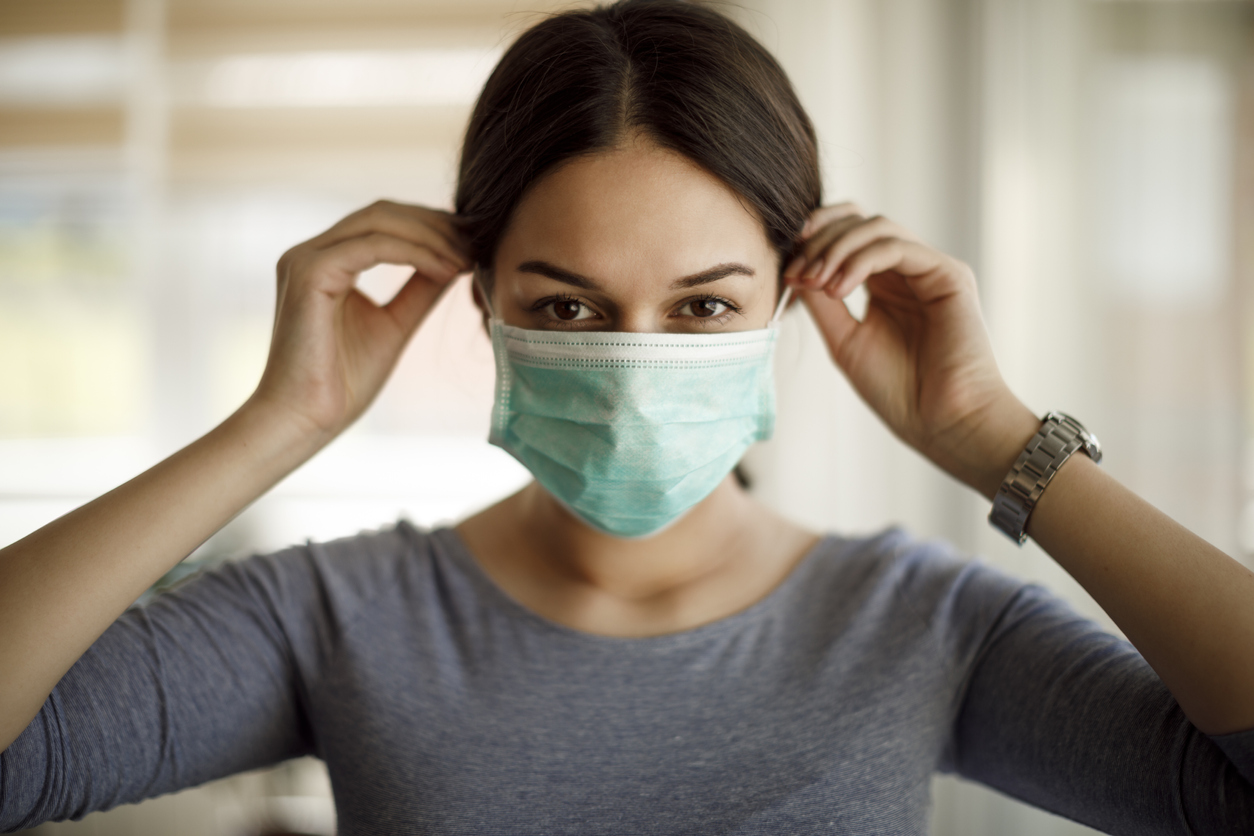
How To Choose A Face Mask
Choosing the appropriate face mask for you may seem overwhelming with the many different types available for purchase. Below we provided a guide on the approved face masks available for sale and how to choose the best one for you.
Different types of masks
All approved masks are designed to cover the wearer’s nose and mouth, but they differ in their protection levels against respiratory droplet transmissible diseases such as COVID-19.
The different types of face masks available for purchase:
- Fabric, reusable face masks
- Disposable surgical face masks
- Disposable respirators
- FFP3 (N99)
- FFP2 (N95)
- FFP1
- Alternative masks, ex: transparent medical masks (approved by the FDA).
Fabric or cloth masks are made from various differently woven fabrics; these do not or may not meet any fluid barrier or filtration efficiency standards.
Standard surgical masks are fluid-resistant and manufactured to provide a barrier to droplets and splashes that may enter the wearer’s mouth, nose or respiratory tract. Surgical masks are required to meet certain fluid barrier protection standards and are tested for bacterial filtration efficiencies.
Disposable respirators, such as FFP1, FFP2, and FFP3, are made to filter at least 94% of airborne particles, with FFP3 providing the most protection, filtering 99% of airborne particles. These respirators are classified as PPE that tightly fit the wearer’s face providing a seal. Before use, respirators have to meet EU Standards.
Alternative masks that are made out of a clear plastic panel are intended for use only by certain groups of people, such as:
- Students learning a new language
- People with disabilities
- People who are hard of hearing, mute or deaf
Situations that will influence the mask or respirator that you choose
Factors and situations that need to be considered protection levels needed:
- If you are caring for a person who has COVID-19
- You have an underlying medical condition (ex: diabetes), or you are at risk of severe illness
- If you work in the frontlines, ex: bus drivers, grocery storeworkers, healthcare professionals, teachers, etc
- If you travel on public transport, especially if it is for long periods of time
- If physical distancing is not possible
Face Masks to Avoid
Some face coverings provide very little protection against the transmission of COVID-19. These include:
- Bandannas, t-shirts, buffs, or scarves
- Masks that are damaged, damp, or soiled, these masks should be disposed of and replaced immediately.
- A face shield as it provides very little protection against aerosol spray or droplets.
- Dust masks or respirators that have valves as they can allow particles to spread to the environment.
When choosing a mask:
- Look at how well the mask fits. Any gaps can let airborne respiratory droplets in.
- Make sure that it fits snuggly over the chin, nose, and mouth.
- Children younger than two years do not need to wear a respirator or mask,
- The mask needs to be at least three layers (3-ply)
- Understand the different types of situations you need a mask for. For example, if you work as a cashier or with different people all day, an FFP3 respirator will provide you with more protection than a loose-fitting cloth mask.
- If you are a healthcare worker, there are separate guidelines for PPE and wearing masks.
Which Mask Is Best for Your Skin? How to Choose a Facial Mask (webmd.com)
N95, KN95 or KF94? How to Find the Right Covid Mask - The New York Times (nytimes.com)
Masks and Respirators (cdc.gov)
Types of face masks | Unite against COVID-19 (covid19.govt.nz)
Face Masks, Barrier Face Coverings, Surgical Masks, and Respirators for COVID-19 | FDA
